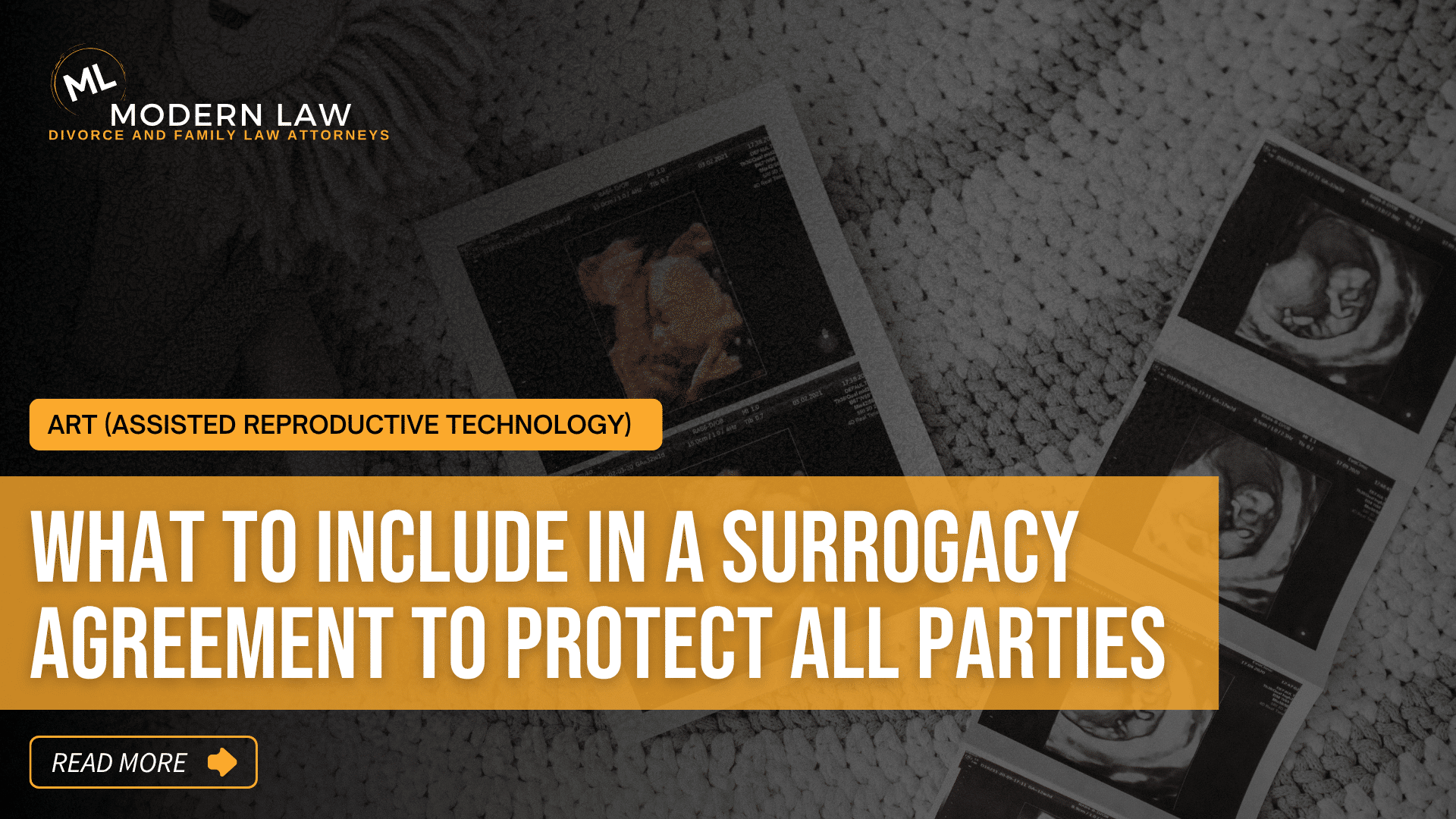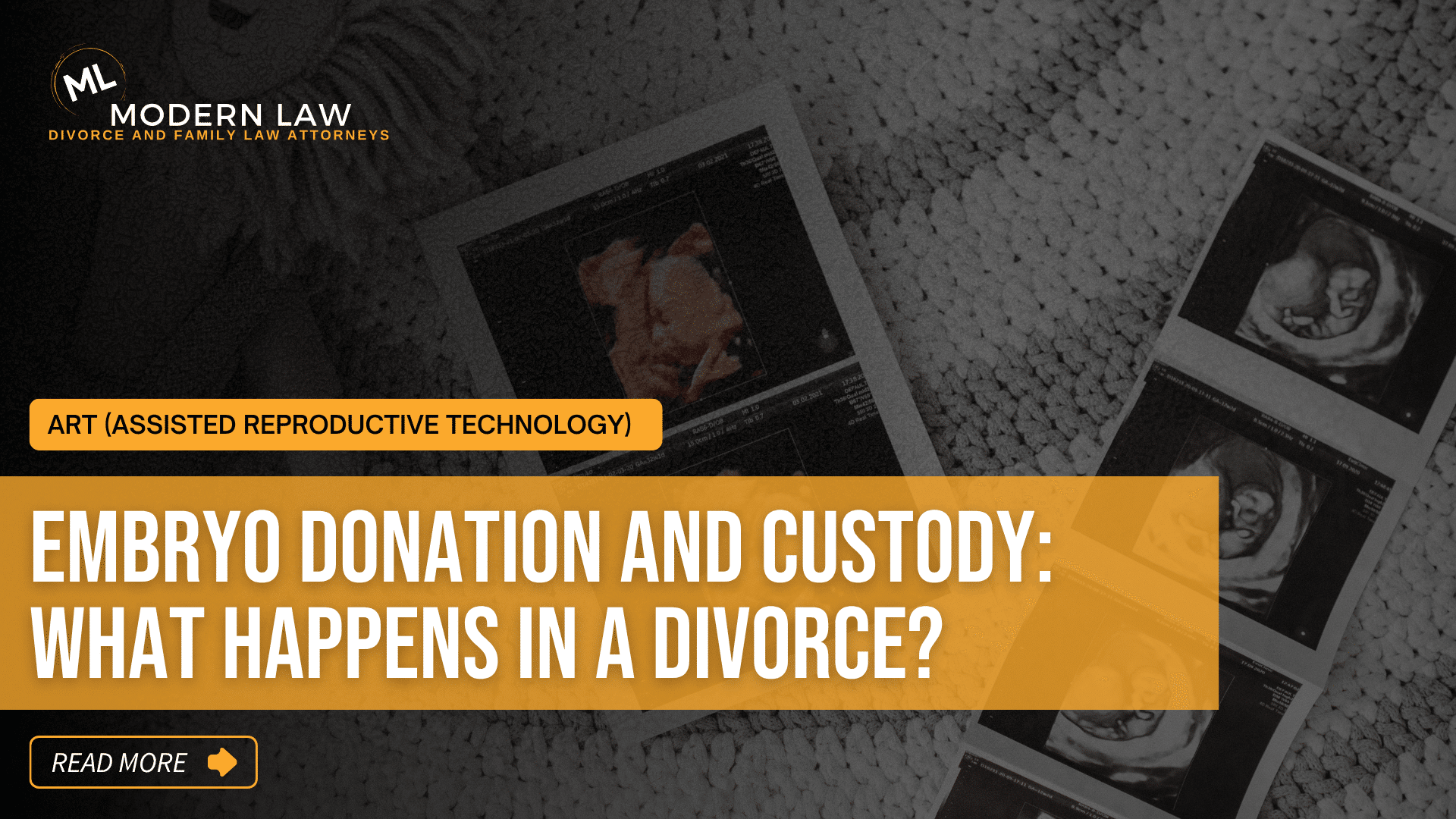Protecting Yourself During Divorce
It is common for conflict to exist during family law matters between the parties and/or parties’ family members and friends. Sometimes this conflict becomes so intense that a party must seek protection from the court. This is where protective orders come into place. Keep in mind, that not everyone will be able to get a protective order. There are requirements that one must meet in order to do so.
The two most common types of protective orders are orders of protection and injunctions against harassment. Sometimes people use the term “restraining order” in place of these types of protective orders. However, that is not the formal term used by the courts. An order of protection is limited to parties with a relationship. Most commonly these are for parents who share a minor child or a family member. Injunctions against harassment do not require any type of relationship.
Protective Orders
In an order of protection, you must allege specific acts of domestic violence. The acts must be listed under A.R.S. § 13-3601(A). If the acts you allege in your petition for the order of protection are not included under the domestic violence statute, it is very likely that the order of protection will be dropped. Also, you must be very specific in stating your acts. Simply saying that someone is bothering you will not suffice.
In an injunction against harassment, you must also allege specific events. However, these events do not necessarily need to be acts of domestic violence. Specifically, there must be a series of acts that have continued over a period of time. It cannot be one single act. It must be two or more. They must be directed at you and cause you to become seriously annoyed, alarmed, harassed, and serve no legitimate purpose. There is a broader scope on events that can fall into the harassment category than domestic violence.
Once a protective order has been filed and signed by a judge, it needs to be served to the party whom it is against. At that point, the party whom it is against may request a hearing. In fact, at any time that the order is in effect, that party can request a hearing. Usually the orders stay in effect for approximately one year. That date can be extended if necessary. Usually if a hearing is requested, it will be scheduled within 10 court business days. The exception is if it kicks the person out of the marital residence or their home. In that situation, the court will set a hearing in 5 court business days.
At the hearing a protective order will only stay in effect if the case is proved by a preponderance of the evidence. Both parties are allowed to have witness testimony as well as bring in exhibits to use to support his or her case. Keep in mind that you do not need to provide anything to the court ahead of time of the hearing. Any documents you wish to use, you can bring to the court the day of the hearing. Witnesses do not need to be disclosed either.
When domestic violence is an issue, it can effect custody.
Arizona Family Law: What is significant domestic violence?
ARS 25-403.03(A) states that, “joint legal decision making shall not be awarded if the court makes a finding of the existence of significant domestic violence pursuant to section 13–3601 or if the court finds by preponderance of evidence that there has been a significant history of domestic violence.”
The first possibility is that someone has been convicted of a crime defined as domestic violence. (that is what section 13-3601 is all about). If you have a conviction, it’s fairly easy for us to establish significant domestic violence. But as you can see, the second possibility under the statute is that the court finds a significant history of domestic violence.
A person commits an act of domestic violence if they:
- intentionally, knowingly or recklessly causes or attempts to cause sexual assault or serious physical injury.
Notice the required assault is specific to the other parent or child. It does not appear that causing someone outside of the child or the other parent would qualify under this portion of the statute. Also, the injury caused must be serious; yelling, threatening, or minor physical injuries do not qualify under this provision. Spanking a child would not likely qualify.
2. Places a person in reasonable apprehension of imminent serious physical injury to any person.
This provision seems much more likely to cover threats. If you receive a text message threat or email saying your spouse or boyfriend wants to kills you, this could create a reasonable apprehension of imminent physical injury. Also, a threat to ANY PERSON under this provision would qualify. If your spouse threatens to kill you mom or your best friend, or your new boyfriend, this would likely constitute domestic violence under this provision.
- Engages in a pattern of behavior for which a court may issue an ex parte order to protect the other parent who is seeking child custody or to protect the child and the child siblings.
If you can get an order of protection for the behavior in question, it is an act of domestic violence under this provision.
Once you have an act, now you must determine if it’s significant. What makes something significant vs. non significant? It isn’t legally defined. That means it really depends of the facts and circumstances surrounding the couple. All of the relevant facts will come into play to determine with an act of domestic violence will rise to the level of significant or not significant. In my personal experience, Judges ask themselves whether the parent in question presents a danger to the spouse or child or not.
In many cases where a relationship is breaking down to the point of divorce, there may have been some physical altercations between the spouses/parents. If the balance of power is fairly even, meaning one spouse/party has not historically controlled and dominated another spouse/party, a court may not find significant domestic violence. An isolated incident of a spouse slapping the cheating spouse probably won’t constitute significant domestic violence.
However, in cases where one spouse or party has dominated the family controlled or terrorized it’s members or others, a finding of significant domestic violence would be necessary to protect the members of the family. The presence of the word “significant” allows a Judge the discretion to decide the appropriate protections for the children and the other parent.
Once significant domestic violence is proven, the statute gives protections to the victim parent and the children. The perpetrator now has the burden of proving that parenting time would be safe, and the court is authorized to put any and all necessary protections in place.
Domestic violence cases can be some of the most complex and factually sensitive cases. It is important that you seek the assistance of an experienced attorney to guide you through the process and help strategize your case. Call today 480-649-2905.








